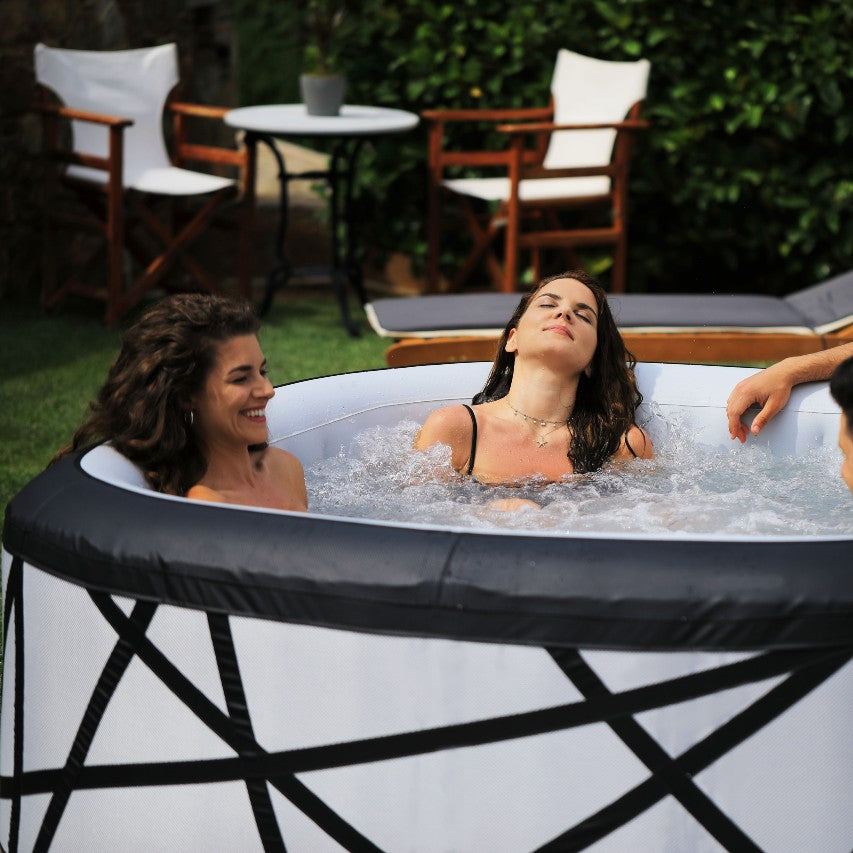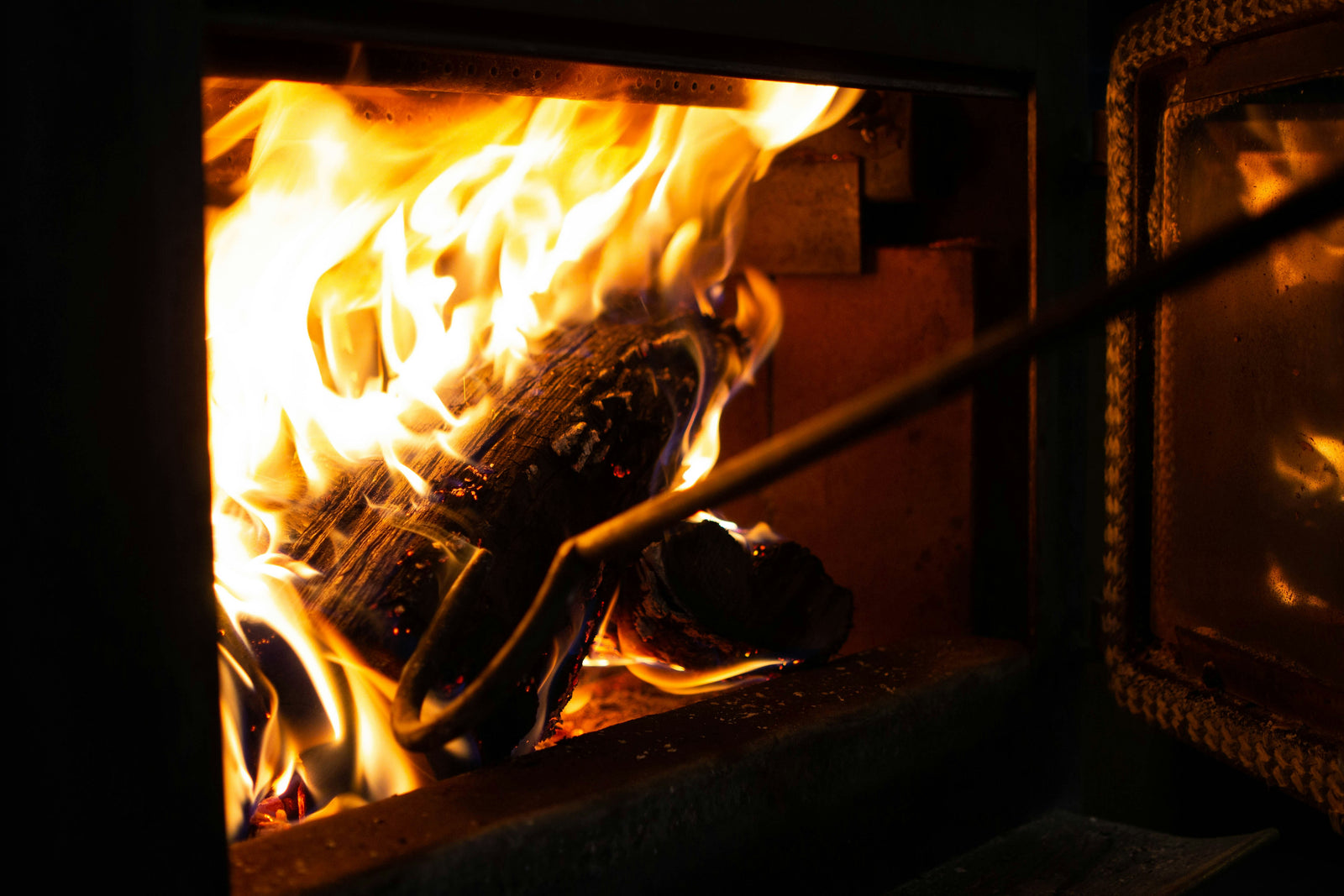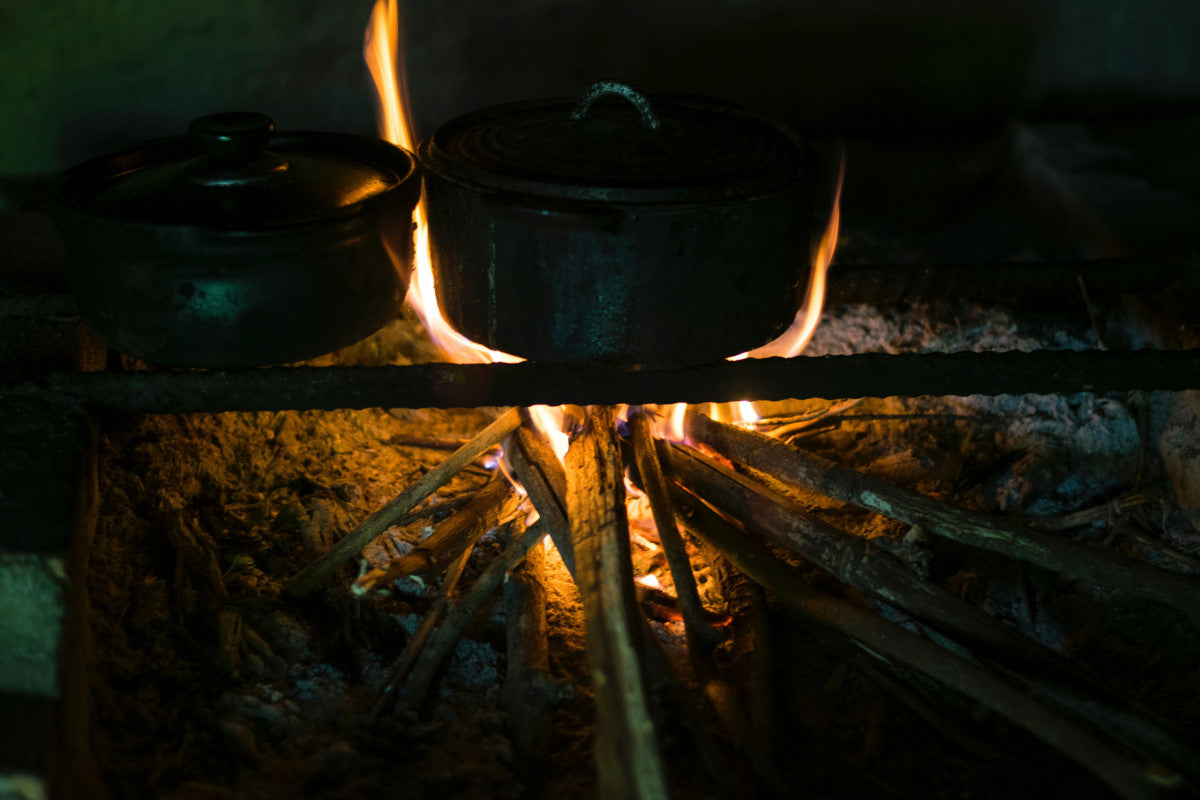
A wood-burning stove is an excellent investment in your home, offering the dual benefits of warming the space while bringing in a rustic charm. Plus, they’re more efficient than many alternative heating solutions.
But just how efficient are wood stoves? It all depends on the brand and model in question. The wood you burn and the maintenance routine you follow will affect wood stove efficiency ratings, too.
That being said, we have an unparalleled selection of the most efficient wood stoves online here at Outdoor Direct. Some of our models boast an efficiency rating of up to 80%!
Learn more about picking the perfect stove for your home below along with tips on how to make a wood stove more efficient. Or, browse our catalog today and find out firsthand why a Buck Stove is the best choice for warming your home without breaking the bank.
Factors Influencing Wood Stove Efficiency
Efficiency is one of the most important factors to consider when choosing a wood-burning stove for your home, as you want to maximize heat while minimizing waste and the costs of operation.
But with so many moving pieces, it’s hard to give a straightforward answer on wood stove efficiency. So, let us unpack all the factors at play.
Type of Wood Used: Hardwood vs Softwood
One of the biggest determinants of how efficient a wood stove will run actually has nothing to do with the stove itself - it’s the wood you burn.
Hardwood, such as oak, maple, or hickory, is denser and burns longer and hotter than softwood, like pine or fir. Hardwoods have a higher energy content per cord, meaning they provide more heat for the same volume of wood.
On the other hand, softwoods burn faster and produce more creosote, which can reduce efficiency and increase the need for regular cleaning. This is why we recommend using seasoned hardwood that has been properly dried for at least six months to a year.
Stove Design: Catalytic vs Non-Catalytic
Of course, the type of stove you use will influence how efficient it is as well.
Catalytic stoves are designed with a catalytic combustor that burns gases and particulates at lower temperatures, resulting in a longer burn time, reduced emissions, and higher efficiency. These stoves can achieve efficiency ratings of up to 80% or more.
Non-catalytic stoves are the other popular style. While these are generally easier to maintain, they’re less efficient because they rely on a series of secondary burn tubes or baffles to re-burn gases.
That doesn’t necessarily mean a non-catalyic wood-burning stove is worse than its counterpart, though. It’s just a matter of priorities. You’ll have to choose between the high efficiency and longer burns of a catalytic stove or the simple, low-maintenance appeal of a non-catalytic model.
Maintenance and Upkeep: Impact of Regular Cleaning
Ash, soot, and creosote can build up in the stove and chimney over time, reducing airflow and decreasing the stove’s ability to generate heat. A clogged stove or chimney not only reduces efficiency but also poses a safety risk, increasing the chance of a chimney fire.
This is why you need to prioritize regular cleaning of the stove’s interior, flue, and chimney, as well as periodic inspection of seals and gaskets. This won’t just help you maintain high efficiency, it also does wonders for prolonging your stove’s lifespan.
Environmental and Operational Conditions
Cold drafts, high humidity, and the size of the area you’re heating can all influence how effectively your stove performs.
A well-insulated home free of drafts will enjoy better temperature consistency, reducing the need for additional fuel. Using your stove efficiently by avoiding overloading it with wood and managing the airflow properly will help maintain its efficiency over time as well.
Proper Installation and Venting
We know you want to save money and install your stove yourself - and when you purchase one of our easy-to-install units here at Outdoor Direct, this is entirely possible. Just be aware that improper installation can impact your wood stove efficiency.
You need to make sure it’s installed with a properly sized flue and well-sealed chimney. Similarly, the venting system should be designed to maximize the draw of air into the stove while minimizing heat loss through the chimney.
How Efficient Are Wood Stoves?

There are clearly a lot of factors at play, but just how efficient are wood stoves in general? Very efficient - especially compared to older, open fireplaces!
Modern wood stoves are designed to maximize the heat output from each piece of wood burned with efficiency ratings of between 60% to over 80%. This means most of the wood’s energy content is converted into usable heat.
Let’s take a closer look at how wood stove efficiency is rated and how these compare to the other heating methods you have at your disposal.
How is Wood Stove Efficiency Rated?
Wood stove efficiency is typically rated by two main metrics: overall efficiency and particulate emissions.
Overall efficiency refers to the percentage of energy in the wood that is converted into heat. This is often tested under controlled laboratory conditions and can vary depending on the model and the conditions in which it’s used.
In contrast, the stove’s particulate emissions indicate how cleanly the stove burns wood. The lower the emissions, the more efficient the burn.
EPA-certified stoves, for instance, meet strict standards for both efficiency and emissions. This means they produce more heat with less wood while minimizing their environmental impact.
Remember, catalytic stoves often boast the highest efficiency ratings, as they use a catalytic combustor to burn off gases and particulates that would otherwise escape as smoke. We’ll help you choose the most efficient wood stove in just a bit.
How Efficient are Wood Stoves Compared to Other Heating Methods?
There are so many ways you can heat your house - from heaters to gas furnaces, heat pumps, and more. So, how efficient are wood stoves compared to these alternative solutions? Very!
Unlike fossil fuel-based heating systems, wood stoves use a renewable resource - wood - which, can have a neutral carbon footprint when sustainably harvested.
Sure, electric heaters and heat pumps are convenient - but they can be expensive to operate in colder climates where they must run continuously.
Gas furnaces are efficient but rely on non-renewable natural gas, which compromises on the sustainability of your home heating efforts.
Wood stoves, on the other hand, offer a balance of efficiency and sustainability. With proper use and maintenance, they can reduce heating costs, especially in rural areas where wood is plentiful.
They also provide a direct and reliable heat source that doesn’t rely on electricity, making them an excellent backup option during power outages. This is why our small wood stoves for cabins or wood stoves for tiny homes are so popular.
More Reasons We Love Wood-Burning Stoves Beyond Efficiency
It’s clear that wood stove efficiency is about as good as it gets - but the truth is, this is just one of many reasons to invest in this heating method for your home. Here are all the reasons we love them:
- Aesthetic Appeal: The warm glow and crackling sound of a wood-burning stove create a cozy and inviting atmosphere that’s hard to replicate with other heating methods. It adds charm and character to any room, making it a focal point in your home.
- Cost Savings: As we briefly touched on already, they’re a more cost-effective way to heat your home depending on the availability/cost of wood in your area.
- Sustainability: Because they use renewable resources and produce minimal emissions, you can reduce your carbon footprint with a wood-burning stove.
- Long-Lasting Heat: They burn wood slowly and efficiently, providing a steady source of heat over several hours. This is especially beneficial in keeping your home warm throughout the night without the need for constant refueling.
How to Make a Wood Stove More Efficient

All things considered, you can’t go wrong by upgrading your home with a wood stove. But before we show you what makes our selection the #1 choice online, let’s look at how to make a wood stove more efficient.
We covered all the factors influencing wood stove efficiency earlier - really, it’s just a matter of using this knowledge to maximize the performance of your stove:
- Proper Installation Techniques: Installing your stove correctly involves positioning it in a central location to maximize heat distribution. Make sure the chimney is properly insulated to prevent heat loss as well.
- Choosing the Right Wood: Use seasoned hardwoods like oak, maple, or ash, which burn hotter and longer than softwoods. Properly dried wood with low moisture content offers a cleaner, more efficient burn.
- Regular Maintenance and Cleaning: Regularly clean the stove’s firebox and chimney to prevent soot buildup and blockages. Maintaining good airflow is essential for efficient combustion.
- Using Accessories to Enhance Efficiency: Consider using a stove fan to circulate warm air more effectively throughout the room. Adding a heat shield can also improve heat retention by directing more warmth into the living space. We have a great selection of accessories like these here at Outdoor Direct.
Ultimately, though, your best bet if you’re trying to maximize efficiency is upgrading to a more efficient wood-burning stove here at Outdoor Direct. Here’s why our small wood stoves are the #1 choice online.
Discover the Most Efficient Wood-Burning Stoves at Outdoor Direct Today!

We’re your trusted partner in upgrading your home for maximum enjoyment both indoors and outdoors. Whether you’re looking for a pool heat pump or wood stoves for mobile homes, we’ve curated unbeatable selections from the most respected brands in the industry.
Our collection features the best models from Buck Stove, America’s #1 manufacturer since 1975. This brand is known for producing efficient, durable, and easy-to-use wood-burning stoves for all types of homes.
With efficiency ratings as high as 80% and EPA certification, these stoves are designed to keep your home warm while minimizing environmental impact. We have options for homes as small as 1,800 square feet or as large as 3,200 square feet.
Whether you're looking for a catalytic stove for maximum heat output and minimal emissions, a non-catalytic stove for ease of use, or a zero-clearance model for flexible installation in tight spaces, our selection has you covered.
But it’s not just the stoves themselves that make us your one-stop shop for home heating. You’ll also enjoy world-class customer service every step of the way and the lowest prices online, guaranteed. We even cover the shipping costs of your stove!
So, get in touch today for a personalized recommendation. We’ll talk about your needs, the size of your home, and your budget and offer a few suggestions so you can place your order with peace of mind knowing you’re getting exactly what you want.
Final Thoughts on Wood Stove Efficiency
So, how efficient are wood stoves? As we wrap this guide up it’s clear that these are one of the most efficient ways to heat your home.
Wood stove efficiency aside, these are a great investment in the aesthetics of your living space. They’re also a more sustainable method than many alternative approaches.
We hope you feel confident in how to make a wood stove more efficient, from choosing advanced designs like catalytic models to picking the perfect wood, regular maintenance, proper installation, and more.
At this point, the only thing left to do is discover the most efficient wood stoves online at Outdoor Direct. Elevate your home’s warmth and efficiency with our unparalleled selection from the most trusted brands today! A personalized recommendation is just a click or call away.








